This section contains some comments on the “Further reading” list of the chapter (cf. Mair, Chapter 9), which will help you to decide which work to consult to clarify certain aspects of the text or to deepen the knowledge you have gained so far. Furthermore, you can find out in which of the books you can look up which of the linguistic terms mentioned in the text. (For concise definitions, you can also consult the Glossary.) Note that this overview does not cover all the contents of each of the books, but tries to take up and to extend items which are relevant to Mair’s chapter.
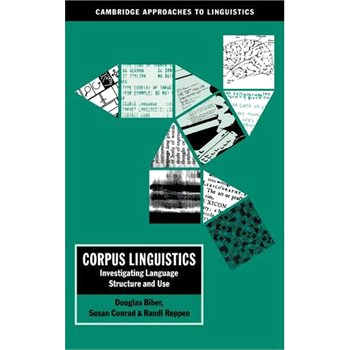
This book is both about language itself and about the methodology of corpus-linguistics (ix). If you are interested in grammar and how it is investigated in corpus linguistics, the subsection “Grammar” (55–83) might be of use. It explains the difference between descriptive and prescriptive grammars and elucidates which is more useful for corpus-linguistics and why. In the course of the chapter, specific research questions on the different levels of grammar are discussed. It might also be a good idea to read through the conclusion first (82–83) to find out whether this chapter is helpful to you. If you are interested in further information about corpus-based studies on grammatical phenomena, the list of authors including the grammatical phenomenon analyzed (83) might give you some handy hints.
Furthermore, this book contains so called “methodology boxes”. One of these focuses on the characteristics of tagged corpora (257–260) and informs the reader about the purpose and the importance of tagging. By using examples, the book illustrates differences between different tagged corpora. This work also includes a very brief explanation of what parsed corpora are.
In the appendix (281–287), you will find an annotated list of historical, written and spoken corpora as well as corpora focusing on a certain variety of English. For each of the corpora, you will be given the size and the variety of English which the prevailing collection of texts is compiled of. Another list informs you about tagged and parsed corpora. Finally, you will find out about analytical software, such as concordance programs, and online links.
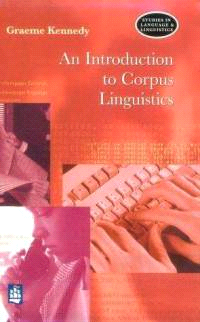
As the title An Introduction to Corpus Linguistics suggests, this book might be a good starting point for readers who are new to corpus linguistics, but it is also a useful resource for getting further information on some of the corpora and phenomena discussed in Mair’s text.
It starts from scratch by giving an explanation of what a corpus is (3–5) and how computers are connected with corpus linguistics (5–7). The author contextualizes corpus linguistics within the field of linguistics and informs his readers about the range of possibilities and tasks connected with this methodology (7–12).
The Brown Corpus is described in great detail and a table illustrates which types of texts it contains (23–27). You can also find out more about LOB (27–29), LLC (31–33) and ICE (54–57).
Furthermore, the book contains a list of studies in the field of grammar, among which there is a short subsection on clefts as well as a résumé of the results which Collins, a linguist who did research in this field, came up with (173–174).
The author also provides information on programs which are used for obtaining results in corpora, such as ICECUP and WordSmith and highlights their advantages (259–267).
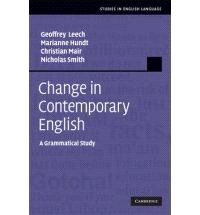
This book gives some general information on grammatical change and establishes the link to corpus linguistics. You can find out more about LOB and Brown and discover in which way Mair is connected with F-LOB and Frown (7–16). As he is both, the author of the text on “small” corpora, but also one of the authors of this book, you will discover a similar table to the one concerning the comparability of the corpora of the Brown family from the text (10). The comparability of corpora is again discussed in an extra subsection (27–31).
A part on past and ongoing research accompanied by a list of phenomena which are worth an analysis (16–22), as well as a large number of examples and studies in the field of grammatical change might be a good starting point for anybody desiring to carry out his/ her own research project.
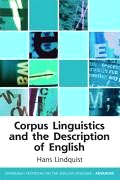
This fairly recent book is the right resource for you if you are looking for compact information. Besides its concise style, it offers study questions and corpus exercises, thus ensuring the comprehension of the text. It contains a short introduction to the methodology of corpus linguistics (1–2) and an easy-to-understand explanation of the term “concordance” which is put into practice by concrete examples (5–8). You will also find an overview of different types of corpora including those of Mair’s analysis (10–22) and a paragraph on large and small corpora (22).
Moreover, you can find out about the difference between the qualitative and the quantitative approach in corpus linguistics and how they are connected (25–26). The book also contains a chapter about grammar and its use in corpus linguistics (131–149). However, cleft constructions are not discussed explicitly.
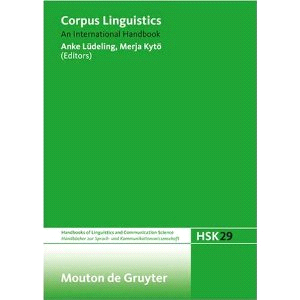
In volume 1, you can find rather detailed information on Brown, Frown, LOB and FLOB (395–396) along with a table listing the types of texts of the corpora of the Brown family (397). A similar table depicting the design of ICE (399) and an outline of these corpora (398) is also part of this volume. Moreover, it contains a paragraph on LLC (408). Unlike the other items on the “Further reading” list, this book gives explicit information on ICE-GB (424) and the DCPSE (424–425).
Volume 2 concentrates on the use of corpora and features many interesting chapters, including one by Christian Mair entitled "Corpora and the study of recent change in language" (pp.1109-1125).
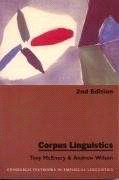
Like many of the other books of the “Further reading” list, this source deals with the question of how to contextualize corpus linguistics within the field of linguistics (2).
Moreover, it contains an easy-to-understand explanation of the terms “qualitative” and “quantitative” research as well as an evaluation of the advantages and disadvantages of the two approaches. The main aspects are summed up in the last paragraph of the section (61–63). If you want to find out more about significance tests, you can read through the subsection “Tests of significance” (69–71) and if the explanation for “parsing” in Biber, Conrad & Reppen (1998) is not detailed enough for you, then check the slightly longer section in this book (129–131).
The glossary at the end lists the most important linguistic terms in alphabetical order (177–179). In the appendix, you can find a list of corpora mentioned throughout the book and how you can get access to them. Amongst those corpora, you will find LLC, Brown, LOB and F-LOB (181–188).
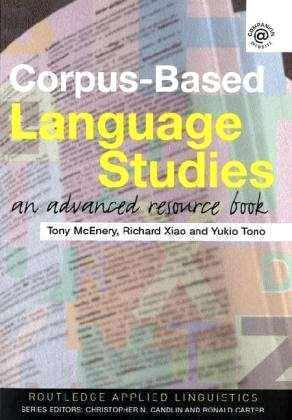
The contents of this book are well illustrated, as it includes a large number of screenshots and tables. Moreover, you can make use of its companion website.
Just as Kennedy’s work, it contains a definition of the term “corpus” in the introductory chapter (4–5) and tries to find an answer to the question whether corpus linguistics is an independent branch of linguistics or whether it should rather be classified as methodology (7–8).
In his text, Mair uses the Yates chi square test to prove that his results are not due to chance (cf. Mair, Chapter 9). If you want to find out more about such significance tests, check Chapter 6.4 (55–56).
As in many books of the “Further reading” list, you can also find supplementary information on Brown, Frown, LOB, F-LOB (61–62), LLC (62–63) and ICE (64).
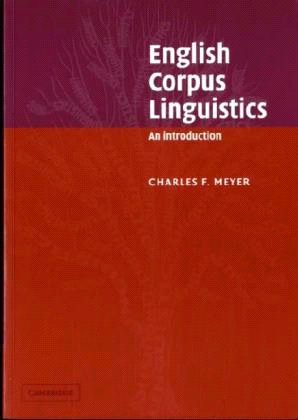
In this book, you can find a chapter describing the steps of how to conduct corpus research (100–137), which Mair also follows for his study on specificational cleft constructions. The procedure is very well explained by the use of a concrete example which again is illustrated with tables, screenshots and sentences from the corpora. You can not only find some information on Brown, Frown, LOB, F-LOB and ICE (in the chapter itself and in the appendix (142–150)), but also on significance tests. Furthermore, some study questions based on what you have read are attached at the end of the chapter. Hence, this source might be good for you if you want to carry out your own corpus project after having read Mair’s chapter.
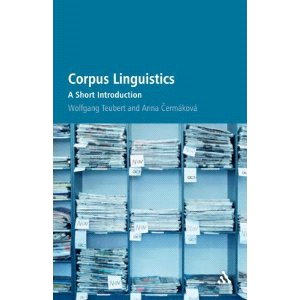
This work might be of particular interest to people who are new to corpus linguistics and who are looking for a rather detailed introduction. It contains a chapter on how corpus linguists see language (35–50) and another chapter tracing the history of this methodology (50–58). The latter also provides information on Brown, LOB, LLC and ICE. However, from all the works listed here this book is least suited as an accompanying read to Mair’s text.
Created with the Personal Edition of HelpNDoc: Full-featured EBook editor